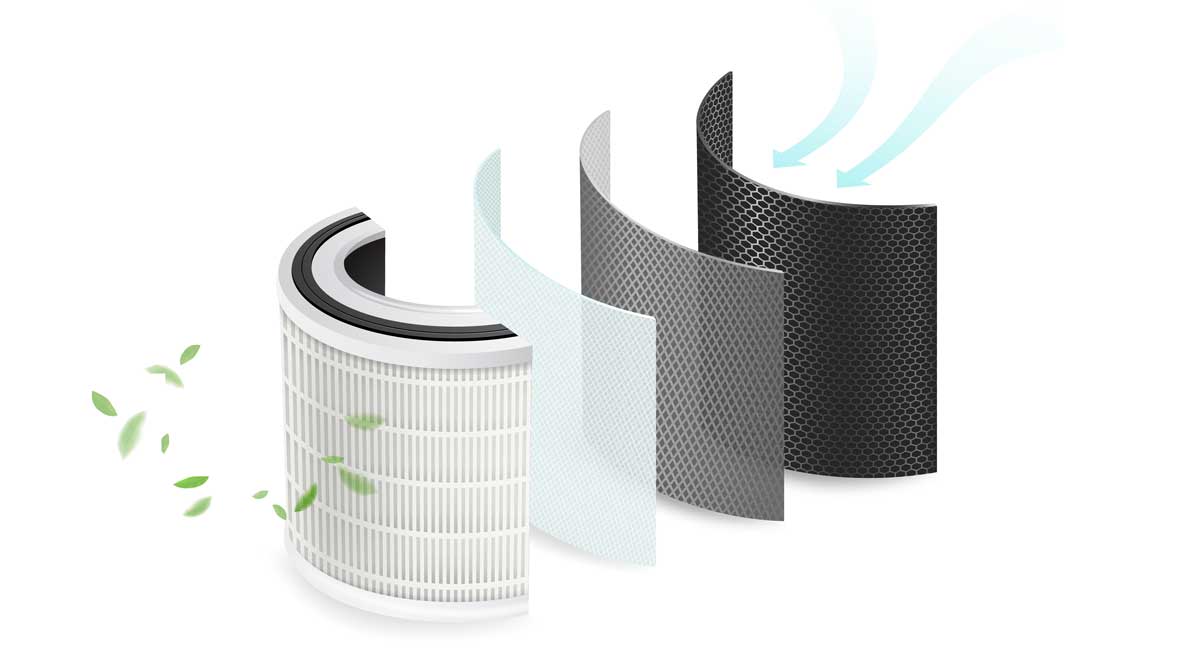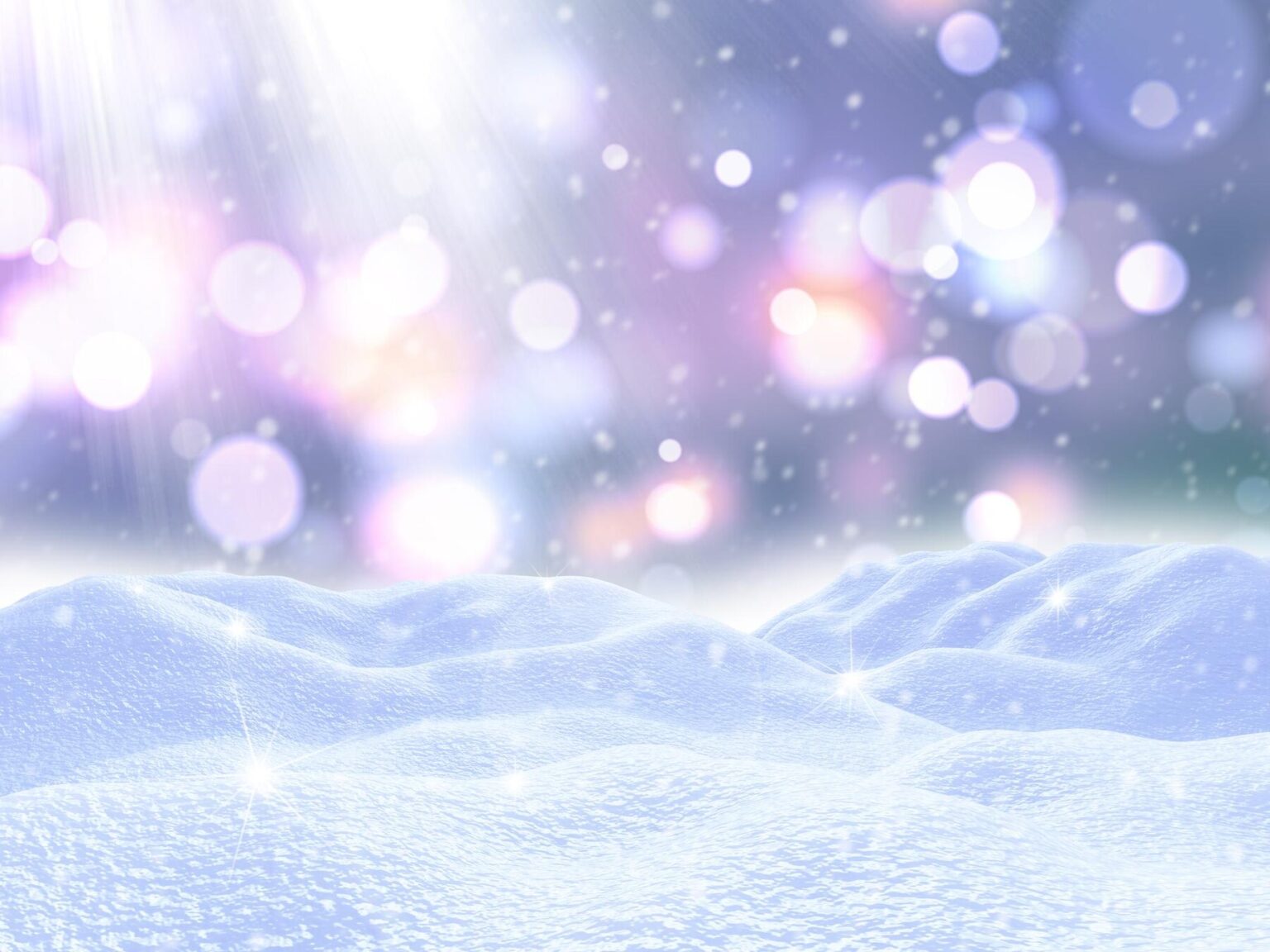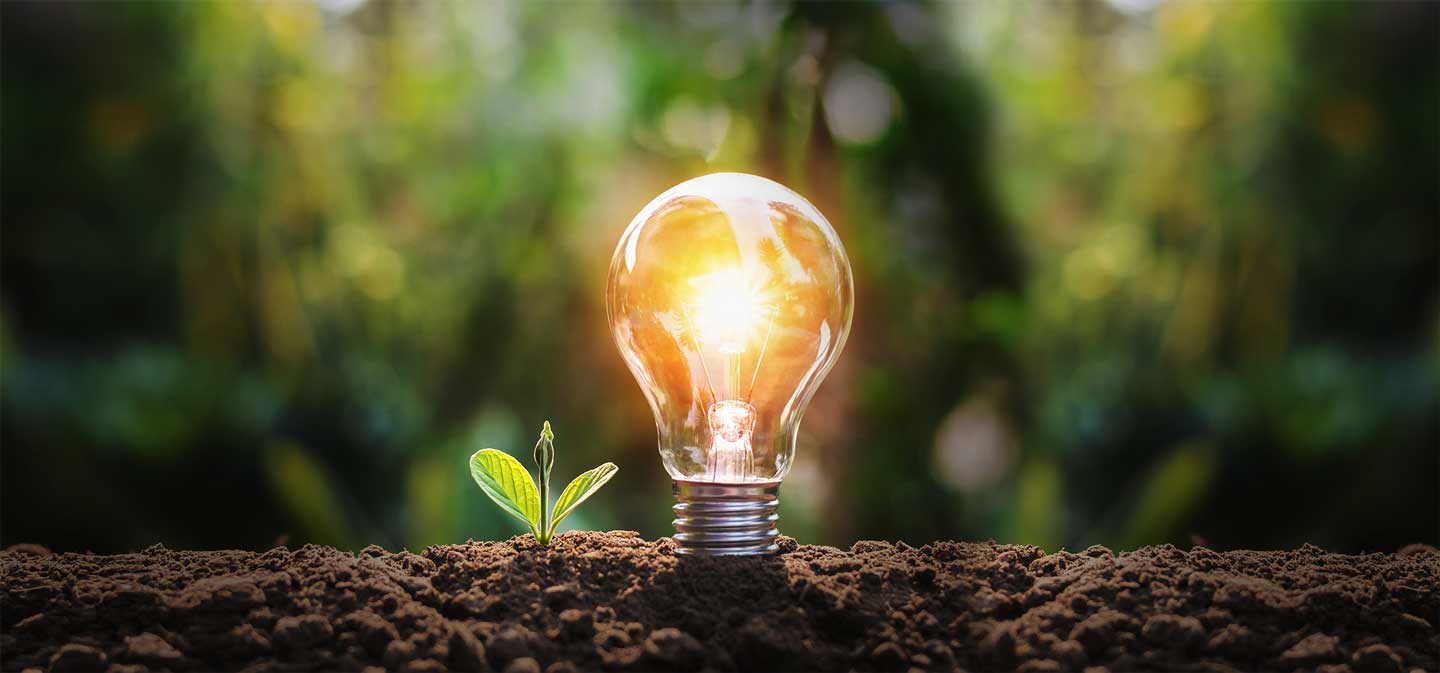It’s St. Patrick’s Day. For many people, that means enjoying a bright green pint of cold beer. The color green is linked to St. Patrick’s Day for many reasons, including its associations with Ireland, shamrocks, spring and even leprechauns. But have you ever wondered how your bartender turns ordinary beer a colorful green hue? The answer, it turns out, is found in chemistry.
The Chemistry of Beer
With the explosion of microbreweries in recent years, there are a seemingly endless number of beers on the market, each with its own distinct characteristics. Yet all beers contain the same four basic ingredients, and follow roughly the same production process. Brewing beer requires hops, barley malt, yeast, and water.
Although it’s called barley malt, because it used to be made exclusively from barley, the malt in beer today may also be made of wheat, rice or corn—basically any starchy grain would work. The grain is malted, or partially germinated, and then dried and milled.
The rest of the beer making process consists of manipulating the four key ingredients to create chemical reactions. Exactly how these reactions play out determines how the finished beer will look, smell, and taste. All beer contains ordinary ethyl alcohol, just like any other alcoholic beverage, but the percentage of alcohol in the beer will also vary based on the specifics of the chemical reactions at each step.
The Chemistry of Food Dyes
A food dye may be natural or artificial, but either way, it must be soluble in water. This means that it must evenly dissolve into individual molecules or ions that are distributed throughout the solution. Food dyes are typically ionic solids, which mean that they contain both positive and negative ions bound together with weak ionic bonds. When introduced to water, a food dye releases its ions, which bond to the polar water molecules.
Food dyes must also maintain their color when dissolved, which means that they must absorb complementary colors of visible light while allowing other colors to pass through. This means that the energy differential between the electrons’ excited state and their ground state must correspond to the visible light spectrum.
Popular Ways to Dye Beer Green
According to contemporary newspaper accounts from the time, the first person to dye beer green for St. Patrick’s Day was Dr. Thomas Curtin, a coroner’s physician who had it served at New York’s Schnerer Club in 1914. His secret ingredient was a drop of “wash blue,” a household laundry product.
You wouldn’t want to put laundry products in your beer today, but fortunately there are a variety of safer ways to turn your beer green. Remember that beer has a high water content, so any food dye will work. For best results, start with a light-colored lager or pilsner beer. Here are some of the more popular options:
- Green food coloring: It certainly makes sense, but thanks to the natural yellow tinge of light beers, green food coloring can create an artificial, slightly alarming swampy tone.
- Blue food coloring: For a more natural looking yet brilliant green tone, use natural or artificial blue food coloring. It will blend nicely with the light yellow of the beer.
- Wheatgrass or spinach: Want to add some vitamins to your festive green beer? Chlorophyll is what gives green plants their color, and it has long been used as a natural food dye. Try juicing some wheatgrass or spinach. Put a tablespoon of the juice in the bottom of the glass, fill it up with your favorite light-colored beer, and then add a little more juice as needed to achieve the desired shade.
- Spirulina: This protein-rich algae is a great way to give your beer a deep green sheen. Dissolve 1/2 teaspoon of spirulina powder in a little bit of beer and add it to the glass.
- Matcha: Powdered green tea leaves known as matcha have become a major food trend. Matcha won’t give you a bright green look, but it will turn your beer an interesting shade of olive green. Dissolve a teaspoon of matcha powder in some beer and pour it into your glass.
If you’re looking for pure, safe, top quality chemicals, Noah Chemicals can help. We are dedicated to providing clients with only the purest chemicals. Buy these chemicals directly from our massive online catalog. To speak with a qualified chemist about custom chemicals and bulk ordering, contact us today!




